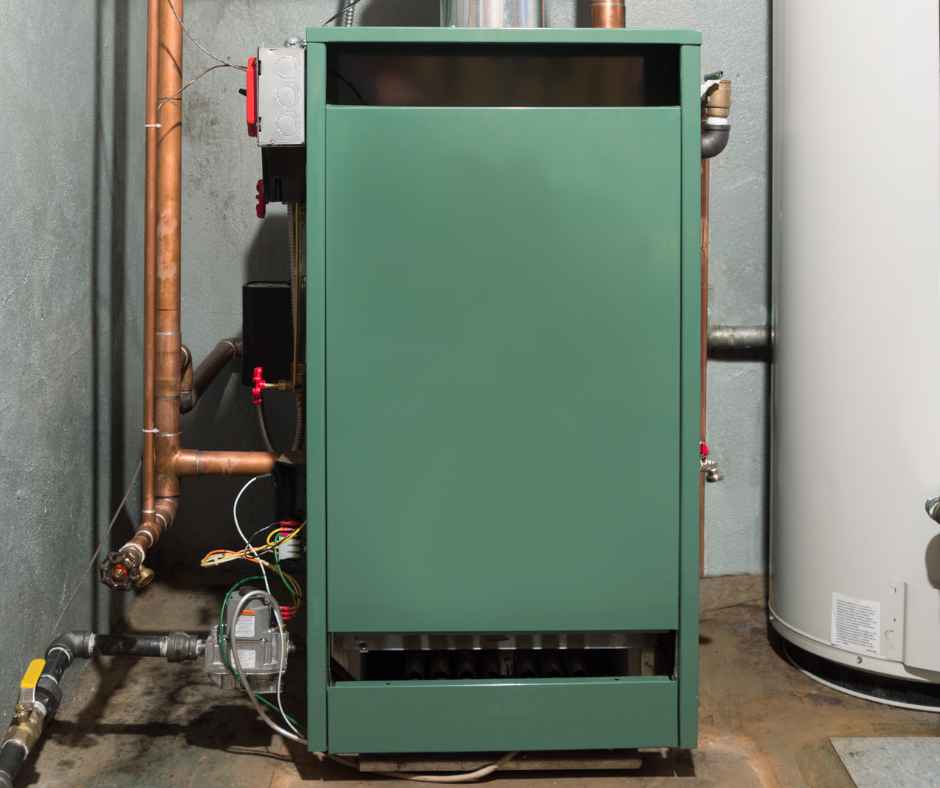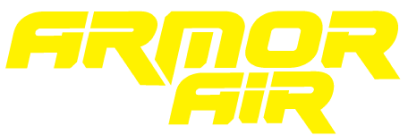Closed: Sun for God + Family time
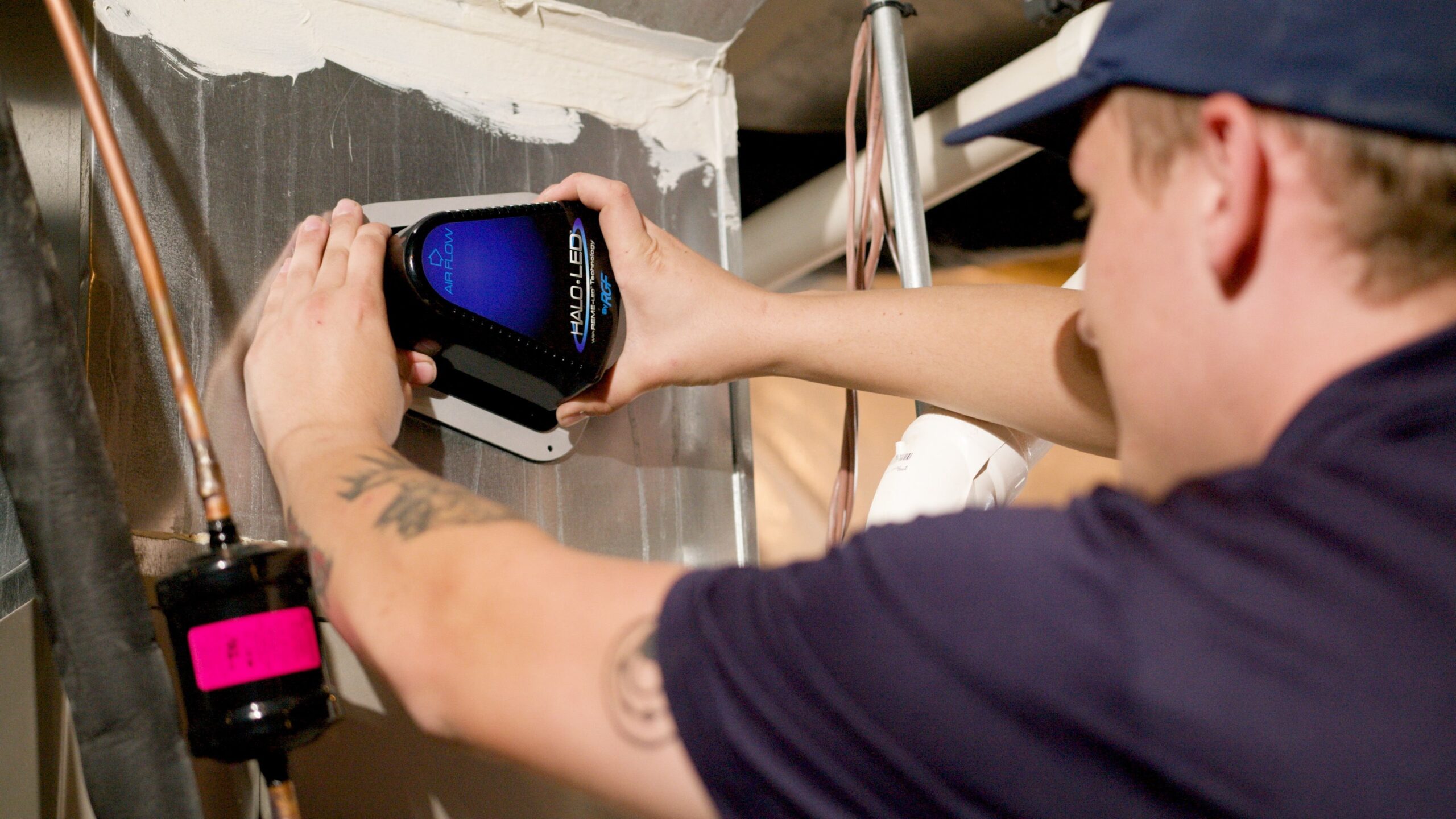
4 Benefits of UV Lights in Home HVAC Systems
The Power of UV Lights in Home HVAC Systems
In the pursuit of a healthy home environment, we often focus on factors such as cleanliness, ventilation, and filtration. However, there’s an often overlooked ally in the battle against airborne pathogens and allergens: ultraviolet (UV) light. While UV light has long been known for its sterilizing properties, its integration into home HVAC (heating, ventilation, and air conditioning) systems has gained increasing popularity. By installing a UV light in your home HVAC system, you can tap into a range of benefits that go beyond traditional air quality improvement methods. From purifying the air you breathe to increasing energy efficiency, the advantages are truly enlightening.
UV Lights in Home HVAC Systems emit ultraviolet rays that neutralize harmful microorganisms like bacteria, viruses, and mold spores. With the rise in concerns about indoor air quality, the installation of UV lights in HVAC systems has become an increasingly popular solution. By harnessing the power of UV light, homeowners can experience a cleaner, healthier environment within their own homes. It’s time to shed some light on the compelling benefits that come with integrating UV lights into your HVAC system.
By exploring the advantages of UV lights in HVAC systems, we will delve into the impact on indoor air quality, the potential health benefits for occupants, and the long-term cost savings associated with increased energy efficiency. Let’s uncover the hidden potential of UV lights and their transformative effects on your home environment.
Understanding UV Lights in Home HVAC Systems
UV light is a form of electromagnetic radiation with a shorter wavelength than visible light. In HVAC systems, UV lights are strategically installed to target specific areas where microbial growth occurs, such as cooling coils and air ducts. UV lights emit germicidal UV-C rays, which have the ability to disrupt the DNA and RNA of microorganisms, rendering them inactive and unable to reproduce.
There are two primary types of UV lights used in HVAC systems: coil sterilization and air sterilization. Coil sterilization involves installing UV lights near the evaporator coils of the HVAC system. As air passes over the coils, the UV light kills any microorganisms that may be present, preventing their growth and accumulation. Air sterilization, on the other hand, involves UV lights installed within the ductwork or air handler, treating the air as it circulates through the system. This method ensures that the air itself is disinfected before being distributed throughout the home.
UV lights disrupt the DNA and RNA of microorganisms, including bacteria, viruses, and mold spores. When exposed to UV-C rays, these microorganisms are unable to replicate or cause harm. By neutralizing these harmful agents, UV lights significantly reduce the risk of airborne transmission of illnesses and help maintain a cleaner and healthier indoor environment. Additionally, UV lights can inhibit the growth of biofilms, which are slimy colonies of bacteria that can accumulate on HVAC surfaces, including coils and drain pans.
Understanding the various applications and mechanisms of UV lights in HVAC systems is crucial to comprehending their effectiveness in improving air quality and reducing the presence of harmful microorganisms.
Improved Indoor Air Quality
One of the key benefits of installing UV lights in HVAC systems is the improved indoor air quality they provide. UV lights effectively eliminate airborne pathogens by deactivating their DNA and RNA, rendering them harmless. Bacteria, viruses, and mold spores are among the most common microorganisms targeted by UV lights. As air passes over the UV lights, these pathogens are neutralized, reducing the risk of respiratory infections and illnesses caused by their inhalation.
UV lights also play a significant role in reducing allergens present in the air. Allergens, such as pet dander, pollen, and dust mites, can trigger allergic reactions and respiratory discomfort. By utilizing UV lights in HVAC systems, these allergens are effectively neutralized, helping to alleviate symptoms and create a healthier living environment for individuals with allergies or asthma.
In addition to eliminating pathogens and allergens, UV lights can neutralize unpleasant odors caused by volatile organic compounds (VOCs). VOCs are released from various sources such as cleaning agents, paints, and furniture, and they can contribute to poor indoor air quality and discomfort. UV lights break down the chemical structure of VOCs, eliminating their odorous properties and improving the overall freshness of the air within the home.
By incorporating UV lights into your HVAC system, you can significantly improve the indoor air quality of your home. The elimination of airborne pathogens, reduction of allergens, and neutralization of odors contribute to a healthier living environment for you and your family.
Health Benefits
UV lights in HVAC systems provide notable health benefits, particularly in reducing the risk of respiratory illnesses and infections. By eliminating harmful microorganisms from the air, UV lights help prevent the spread of bacteria and viruses that can cause respiratory conditions such as colds, flu, and even more severe respiratory infections. This is especially beneficial in households with individuals who are more susceptible to respiratory illnesses, such as young children, the elderly, or those with weakened immune systems.
For individuals with allergies and asthma, the presence of allergens in the air can trigger uncomfortable symptoms and breathing difficulties. UV lights help alleviate these symptoms by reducing the concentration of allergens, such as pet dander, pollen, and dust mites. By neutralizing these allergens, UV lights create an environment that is less likely to trigger allergic reactions or asthma attacks, promoting respiratory comfort and overall well-being.
Individuals with compromised immune systems, such as those undergoing medical treatments or recovering from illnesses, are particularly vulnerable to airborne pathogens. UV lights play a crucial role in providing a cleaner and safer environment for these individuals by effectively eliminating harmful microorganisms from the air. By reducing the presence of pathogens, UV lights contribute to a healthier indoor environment and help mitigate the risk of infections and complications for those with weakened immune systems.
The health benefits of UV lights in HVAC systems extend beyond simply improving air quality. By reducing the risk of respiratory illnesses and infections, alleviating allergy and asthma symptoms, and supporting individuals with compromised immune systems, UV lights can significantly enhance the well-being and quality of life for occupants of a home.
Energy Efficiency and Cost Savings
One of the lesser-known benefits of installing UV lights in HVAC systems is the positive impact on energy efficiency. When UV lights are installed near the cooling coils, they prevent the accumulation of organic material, such as mold and bacteria, on the coils’ surfaces. This organic buildup can hinder the heat exchange process, forcing the HVAC system to work harder and consume more energy to achieve the desired temperature. By eliminating this buildup, UV lights help maintain optimal heat transfer efficiency, reducing the energy consumption of the HVAC system.
In addition to keeping the cooling coils clean, UV lights also help maintain cleanliness within the ductwork of the HVAC system. By preventing the growth of mold and bacteria in the ducts, UV lights ensure that the air can flow freely and efficiently throughout the home. Clean ductwork reduces the resistance to airflow, allowing the HVAC system to operate more effectively and consume less energy in the process.
The improved energy efficiency resulting from the integration of UV lights can lead to noticeable cost savings on energy bills. With a more efficient HVAC system, the consumption of electricity or fuel is reduced, resulting in lower monthly energy costs. Over time, these savings can accumulate significantly, making UV lights a cost-effective investment for homeowners seeking both improved air quality and long-term financial benefits.
Installation and Maintenance
The installation of UV lights in HVAC systems is typically carried out by trained professionals. The process involves strategically placing the UV light units near the cooling coils or within the ductwork of the HVAC system. The UV lights are securely mounted and wired into the electrical system of the HVAC system, ensuring proper functionality and safety.
To ensure optimal performance, regular maintenance of UV lights is essential. UV bulbs have a limited lifespan, typically ranging from 9 to 12 months, after which they gradually lose their effectiveness. It is crucial to schedule routine inspections and bulb replacements to maintain the desired level of sterilization and air quality improvement. Additionally, periodic cleaning of the UV light units and the surrounding areas may be necessary to remove any dust or debris that could obstruct the UV rays.
—
As you strive to create a safe and healthy home environment, it is crucial to consider the long-term benefits and potential health impacts of installing UV lights in your HVAC system. Improved air quality can alleviate respiratory illnesses, reduce allergy symptoms, and benefit individuals with compromised immune systems. Additionally, the energy efficiency and cost savings associated with UV lights make them a worthwhile investment.
It’s time to shed light on the hidden ally in your HVAC system – UV lights – and unlock the transformative benefits they offer for a healthier and more energy-efficient home environment.
Recent News
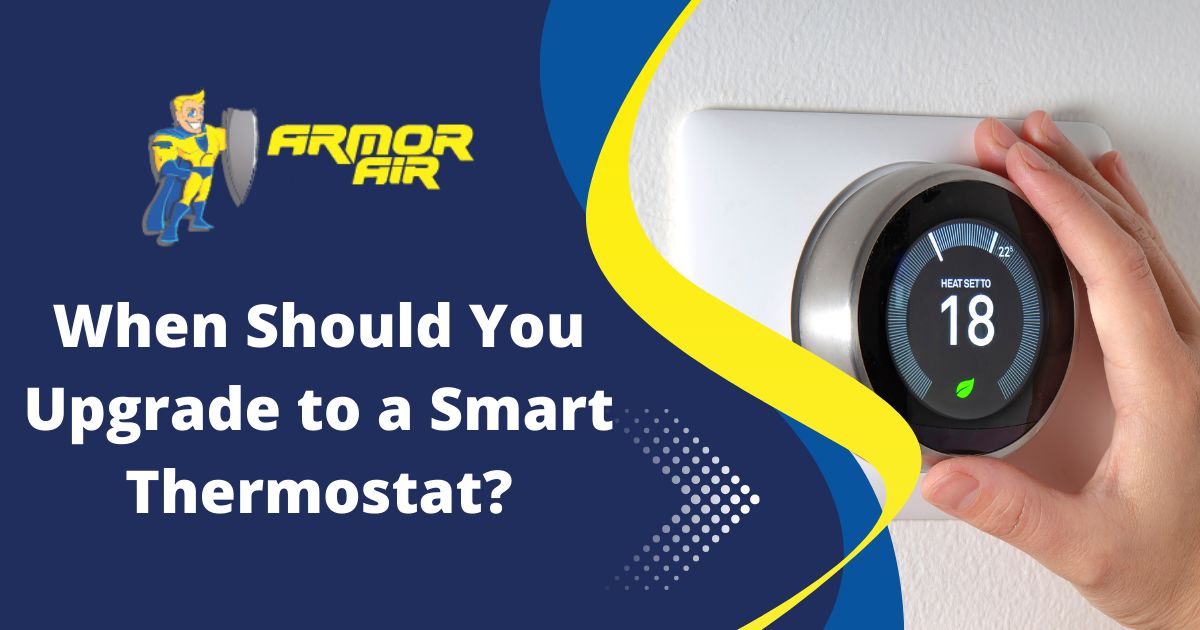
When Should You Upgrade To a Smart Thermostat?
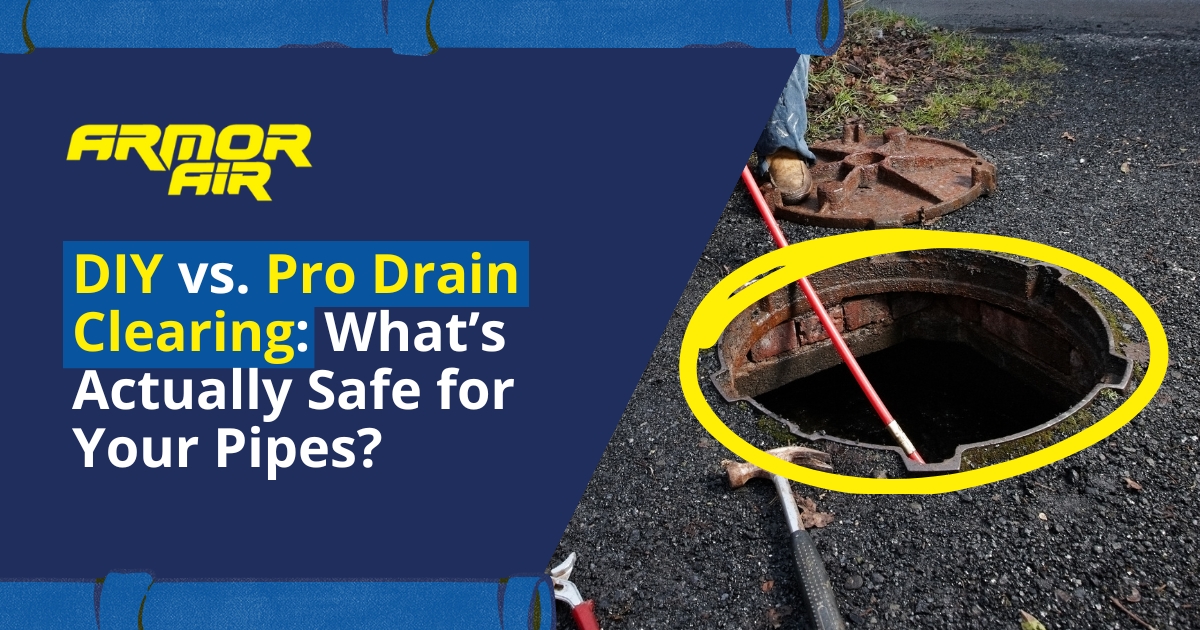
DIY vs. Pro Drain Clearing: What’s Actually Safe for Your Pipes?
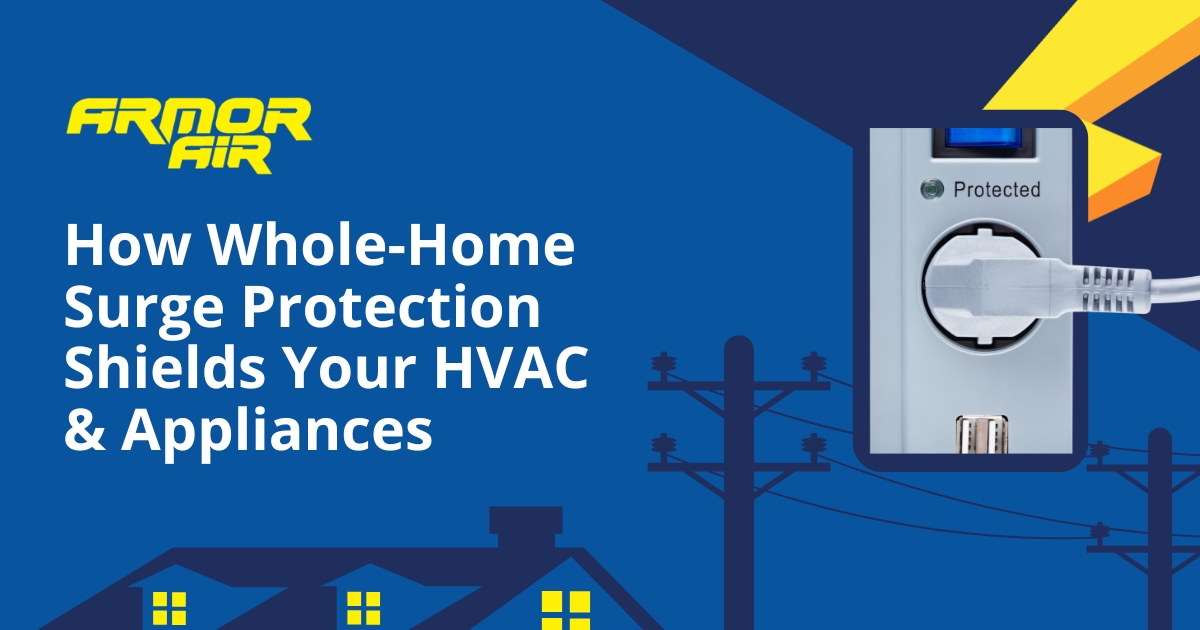
How Whole-Home Surge Protection Shields Your HVAC & Appliances

Top 5 Causes of AC Breakdowns During Indiana Heatwaves
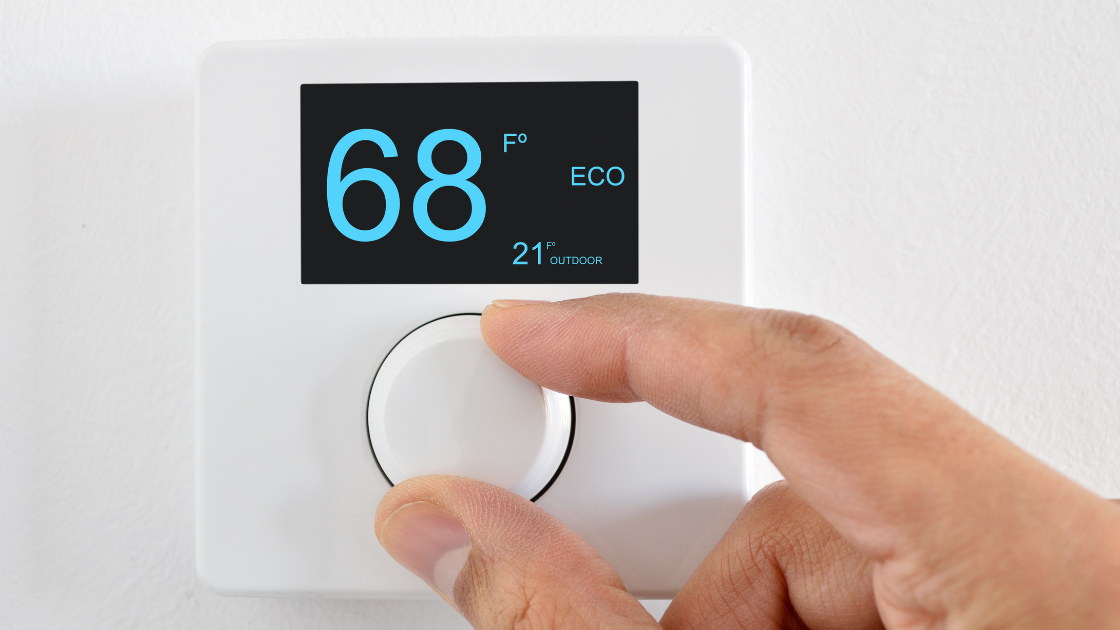
Help! My Heater Won’t Turn Off
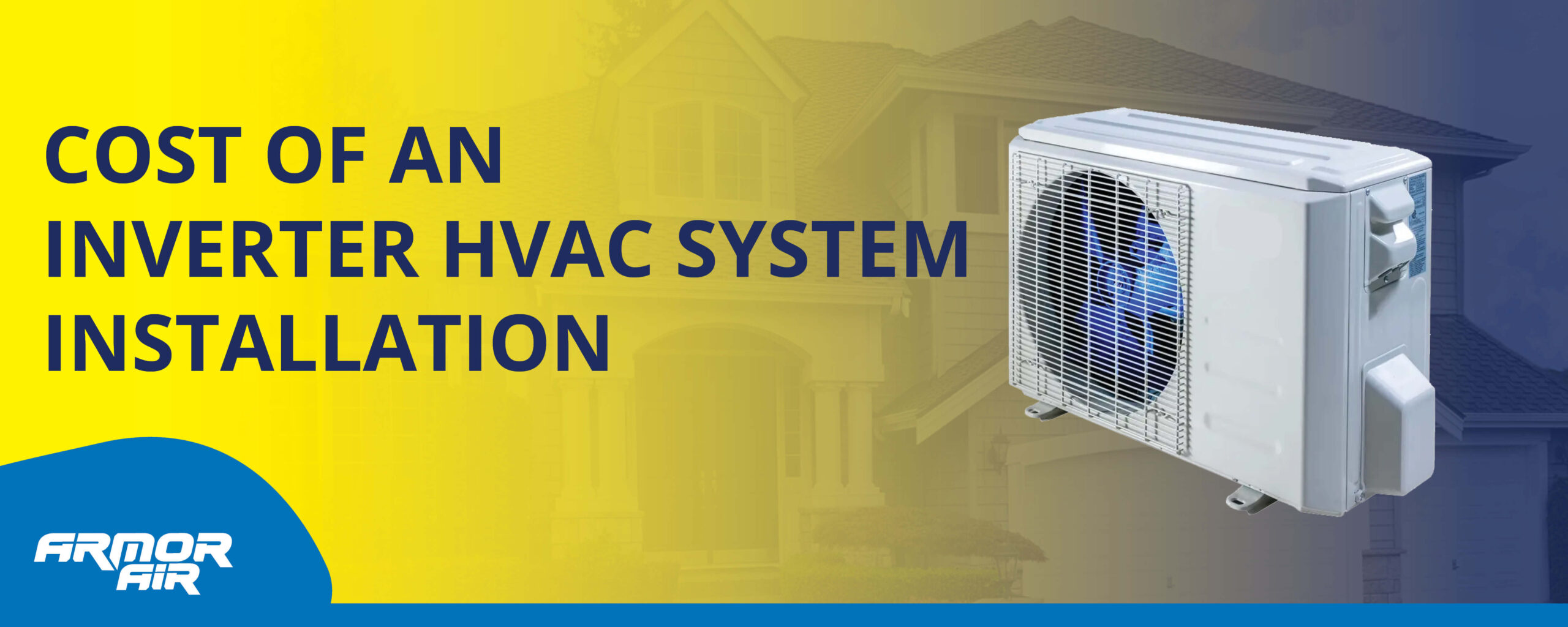
How Much Does an Inverter HVAC System Installation Cost (2025)
